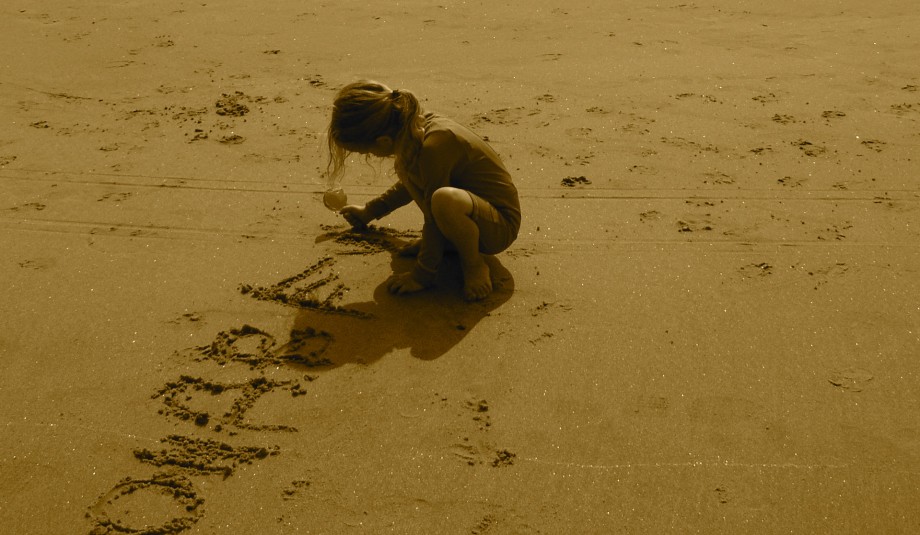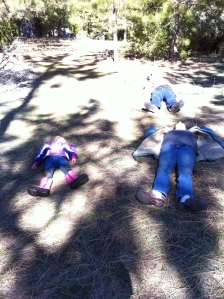
Scrumptious gift from the beautiful maple tree: home-canned maple syrup!
I would like to share with you the wonderful information we just learned, as a family, about how maple syrup is made at home. Kids love to learn new things about trees, and as is the case of my kiddo, food too! If you live in the northeastern part of the US, or in the Canadian regions where maple trees flow with wonderful sap, you are very lucky to have this gift so close to home. We are fortunate to be visiting upstate New york and just saw friends who shared with us the process of tapping trees and cooking down the sap into syrup. After the how-to portion of this post, I will share some terrific news on the health benefits of real maple syrup, a maple syrup & walnut popcorn recipe, and a link to free, fun printables about maple syrup for kids.
The trees! Due to their sugar content, the following trees are most commonly tapped for sap collection: Sugar Maple, Black Maple, Red Maple, and Silver Maple. Sugar Maples have the highest sugar content and therefore are ideal for tapping.
Basically, a hole is drilled in the tree and a tap or spout, called a spile, is used to transfer the sap from the tree into a bucket. A bucket, or plastic jug, is hung from the tree to collect the sap. The sap runs out clear, like water, and is collected and cooked down outside for hours to get the water out and thicken and darken it. The sap is then taken indoors to finish up and is then canned in a hot water bath into sterile jars. That’s it!
Maple sap generally begins to flow between mid-February and mid-March. Sap flows when the daytime temperatures rise above freezing and nighttime temperatures fall below freezing. Generally the sap flows for 4-6 weeks, with the best sap coming early in the season.
Trees must be at least 12 inches in diameter, and larger trees can have up to 3 taps per tree. The height of the tap hole doesn’t matter, it is a matter of convenience. A hole is drilled about 2 inches deep, at a slight upward angle. The spile is inserted and tapped into the tree with a hammer. The bucket, or jug, is hung by hook or spile. The tree is tapped!
Depending on the season, you can expect 5-15 gallons of sap per tap. The sap can be stored for up to a week or so before cooking, so syrup doesn’t have to be processed daily. The collected sap is strained to remove debris and is ready for cooking.
10 gallons of sap can be boiled into 1 quart of syrup (ratio of 40:1). The sap is boiled outdoors because it produces too much steam to do inside. In small batches, the sap boils until it takes on a golden color, and then is transferred to a smaller pot and taken indoors to finish. Continue to boil the sap until it takes on a consistency of syrup and then a candy thermometer is used to bring it to 7 degrees Fahrenheit above the boiling point of water.
The syrup is then filtered and canned in a boiling water bath for storage, or placed in the refrigerator to be used within 3 months.
I just can’t get enough of this! I love maple trees, the sap and the syrup! I am ever hopeful to return next winter and help tap and cook maple syrup. It is truly good family fun, and a delightful addition to the pantry.
Maple syrup, the healthy sweetener:
Maple syrup contains polyphenols, antioxidants that help with inflammation, according to research from The University of Rhode Island. During the study, one polyphenol, quebecol (named for Quebec, one of the top syrup-making regions) was discovered, and it is unique to maple syrup. University of Rhode Island researcher, Navindra Seeram, discovered 54 new beneficial compounds in pure maple syrup (2011), and confirmed that 20 compounds discovered in preliminary research play a key role in human health. Several of these compounds possess anti-oxidant and anti-inflammatory properties which have been shown to fight cancer, diabetes and bacterial illnesses. The darker grades of maple syrup have the highest level of antioxidants. Maple syrup is sugar, and therefore shouldn’t be consumed in huge amounts to try to get the antioxidant benefits! It is simply a much healthier choice for sweetening foods instead of other sugars or anything with corn syrup. I am happy to say that Captain loves real maple syrup! We put it on her porridge, pancakes and yogurt, and cook and bake with it as well.

This is Stan, who resides in Columbia County in New York. He graciously took us on a tour of his land and shared his knowledge of maple sap-to-syrup. Afterward, he and his lovely wife, Linda, served us sweet little old-fashioned dishes of vanilla ice cream, drizzled with their very own maple syrup. It was scrumptious, and honestly, the best maple syrup I have ever tasted! Thanks for reading. Cheers to Stan and Linda, and maple syrup dreams to all!
Karen
Recipe ~Maple Syrup & Walnut Popcorn: Oil a large bowl and a wooden spoon. Pop 8 cups, or so, of popcorn. Heat 1 cup maple syrup to 236 degrees, using a candy thermometer. Stir together popcorn, 3/4 cup walnut pieces, and syrup. Break into pieces when cool. Enjoy!
Click here for a link to fun, free maple syrup coloring pages for kids
Click here for the link to read more about The University of Rhode Island’s study of maple syrup.
You can find the comprehensive booklet Tap My Trees Maple Sugaring at Home by Joe McHale on Amazon by clicking here.

























